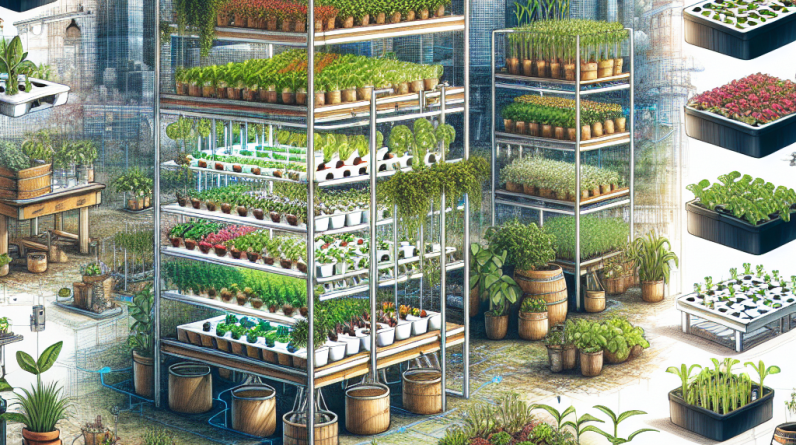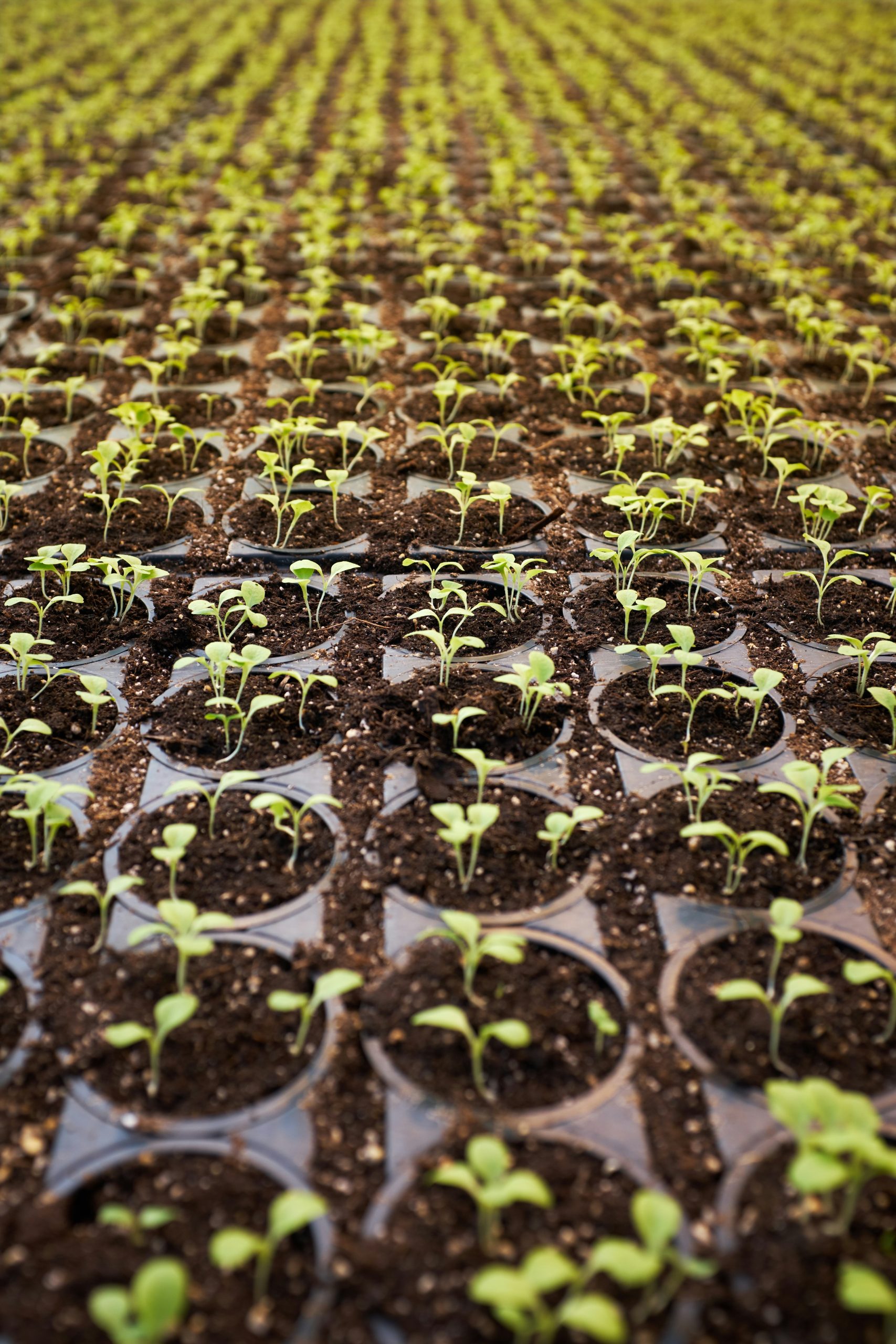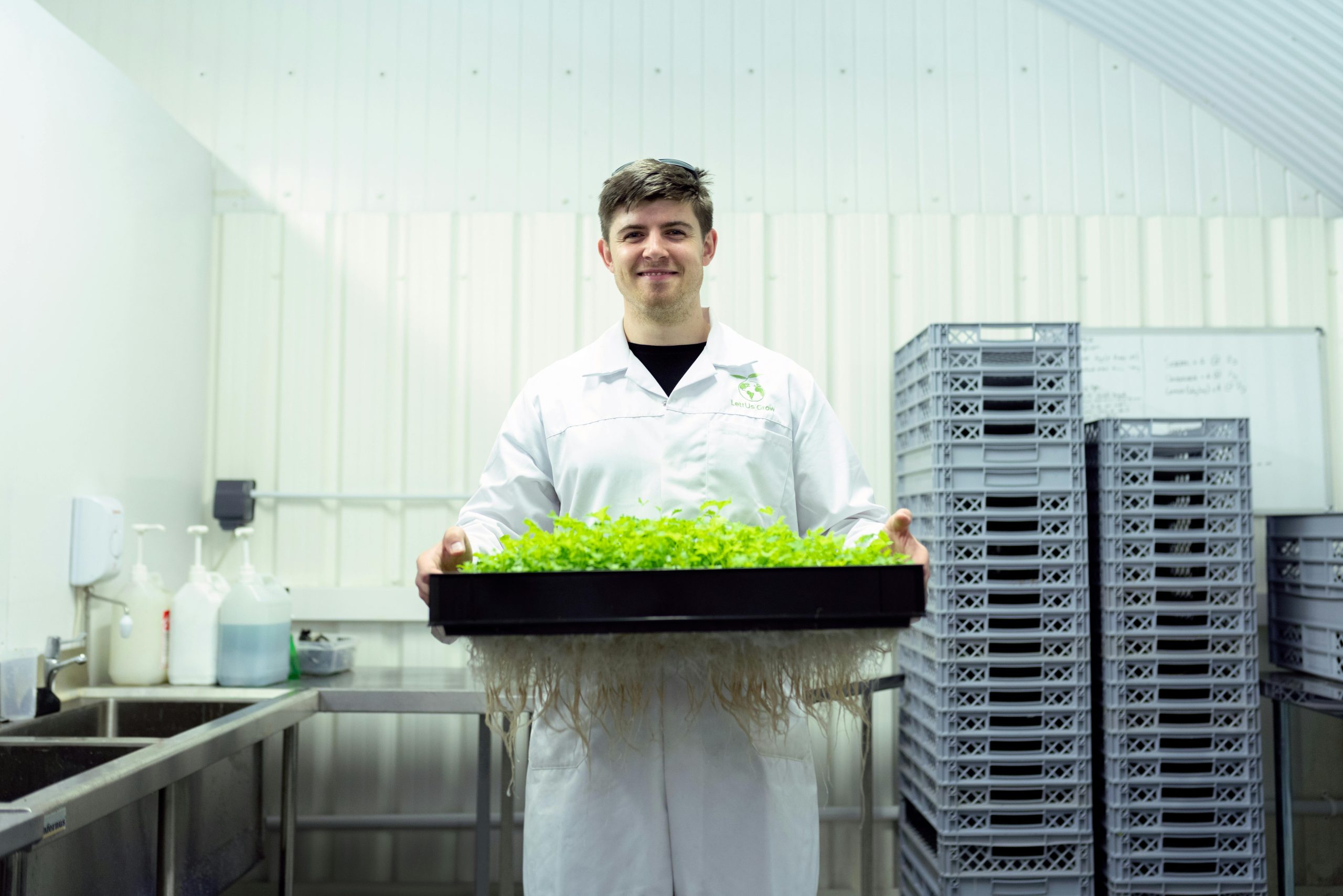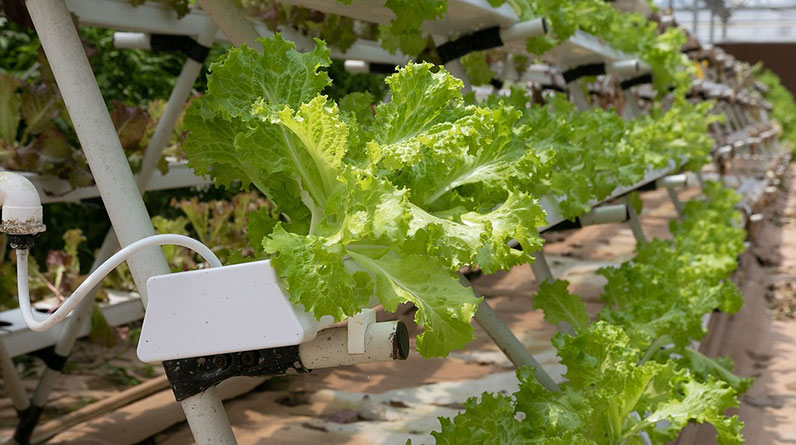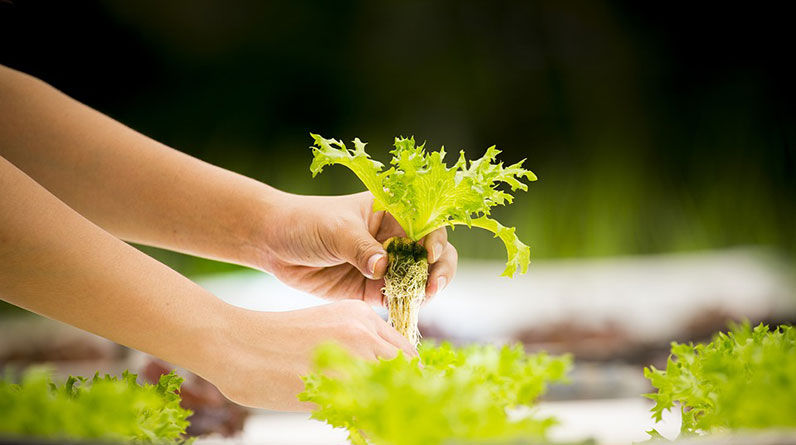
1. Automatic Nutrient Dosing Systems
Understanding Nutrient Precision
The backbone of any successful hydroponic system for leafy greens in 2025 is precise nutrient delivery. Automatic dosing systems ensure plants receive the exact amount of nutrients needed, eliminating guesswork. These systems use sensors to monitor the pH and electrical conductivity (EC), adjusting nutrient levels automatically. This precision leads to healthier, faster-growing greens with higher yield quality.
In my experience, integrating an automated nutrient dosing system saves time and reduces waste. Especially in larger setups or commercial farms, manual dosing can be error-prone and labor-intensive. Recent advancements in sensor technology make these systems more reliable and affordable, making them accessible even for small-scale growers.
If you’re planning to upgrade your hydroponic setup in 2025, investing in an automatic nutrient dosing system is highly recommended. Not only does it optimize growth, but it also helps maintain plant health over long periods, ensuring consistent harvests.
Top Products and Monitoring Tech
Leading brands like Autopot and Nutrigrow offer smart dosing solutions compatible with various hydroponic methods. These systems often feature smartphone apps, allowing you to monitor and control nutrient levels remotely. For example, the Nutrigrow Smart Dosing System provides real-time alerts and analytics, making management easier.
It’s also crucial to consider compatibility; verify that your hydroponic setup can integrate seamlessly with these systems. Proper installation and calibration are vital for accurate dosing, especially as nutrient needs fluctuate during different growth stages.
Using cutting-edge technology in 2025, growers report increased efficiency and healthier leafy greens, making automated dosing an essential component of the best hydroponic system for leafy greens.
2. COVID-19 Epidemiology Trends in 2025
Impact on Hydroponic Farming
The COVID-19 pandemic highlighted the importance of local, sustainable food systems. In 2025, epidemiological trends continue to influence hydroponic farming practices. Urban farmers rely heavily on hydroponic systems for fresh greens, ensuring food security during supply chain disruptions. Leafy greens grown hydroponically can be harvested quickly and consumed fresh, reducing dependence on traditional agriculture affected by pandemic-related issues.
Farmers adopting hydroponic system for leafy greens are also benefiting from minimized pathogen risks often associated with soil-based farming. Enhanced biosecurity measures have become standard, making hydroponics a safer, more reliable method to grow leafy greens in uncertain times.
As a result, many urban farms now integrate contactless management features, automating nutrient delivery, and monitoring systemsâtrends accelerated by the pandemic in 2025.
Statistics and Future Outlook
Current statistics show a 30% increase in hydroponic green production in urban centers between 2022 and 2025. Experts predict that this growth will continue as consumers demand fresher, locally grown leafy greens. Governments are also supporting such initiatives through grants and policies promoting sustainable urban agriculture.
For growers interested in the future, adopting a hydroponic system for leafy greens aligned with these trends ensures resilience and profitability. Embracing automation, safety protocols, and scalable systems is key to thriving in 2025âs evolving landscape.
Conclusion: Why Choosing the Best Hydroponic System for Leafy Greens in 2025 Matters
In summary, selecting the right hydroponic system for leafy greens is crucial for maximizing yield, quality, and sustainability in 2025. Whether you’re a small-scale hobbyist or a commercial grower, investing in advanced automation, biosecurity features, and efficient nutrient management ensures you stay ahead of emerging trends. As we’ve explored throughout this guide, the integration of technology and awareness of current epidemiological and market trends make 2025 an exciting year for hydroponic farming.
Remember, the future of leafy greens lies in smart, scalable, and environmentally friendly hydroponic systems. Staying informed and adopting the best practices will guarantee healthier greens and more resilient food production systems for years to come.
Frequently Asked Questions
1. What is the best hydroponic system for leafy greens in 2025?
The best system varies based on scale, budget, and goals. However, systems like Nutrient Film Technique (NFT) and Deep Water Culture (DWC), enhanced with automation and monitoring, are highly popular for leafy greens in 2025 due to their efficiency and ease of use.
2. How does a hydroponic system for leafy greens improve yield?
Hydroponic systems deliver nutrients directly to plant roots in a controlled environment. This results in faster growth, higher plant density, and consistent quality. Automated nutrient dosing and environmental controls further optimize yields.
3. Can beginners safely start with a hydroponic system for leafy greens?
Yes! Many beginner-friendly systems are available, featuring simple setups and step-by-step instructions. Starting with small, manageable systems helps build confidence before expanding.
4. What are the environmental benefits of using a hydroponic system for leafy greens?
Hydroponic farming uses significantly less water than traditional soil farming, reduces land use, and can operate without pesticides. Additionally, it reduces carbon footprint by enabling local food production and minimizing transportation.
5. How can I keep my hydroponic system for leafy greens healthy in 2025?
Regular monitoring of pH, EC, and plant health is essential. Use automated systems when possible, maintain proper lighting, and ensure nutrient solutions are fresh. Staying informed about new technologies and best practices in 2025 will keep your greens thriving.


